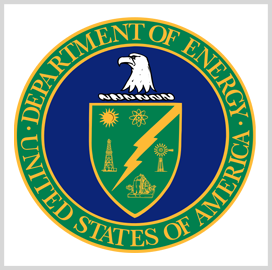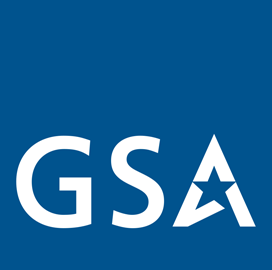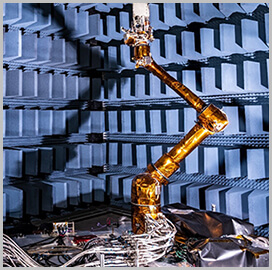In newly issued guidance, the National Security Agency has recommended that software developers and operators use memory-safe languages and code-hardening techniques to protect computer systems from cyberattacks.
NSA said Thursday that the use of memory-safe languages can help address memory-related issues that cyberthreat actors can exploit to access sensitive information, execute unauthorized codes and cause other deleterious effects on the system.
The agency noted that poor memory management can also result in the potential degradation of software performance, random program crashes and incorrect program results.
“We have to consistently use memory-safe languages and other protections when developing software to eliminate these weaknesses from malicious cyber actors,” said Neal Ziring, cybersecurity technical director at NSA.
The cybersecurity information sheet comes after NSA published a recommended security practices guide intended for software suppliers in collaboration with the Cybersecurity and Infrastructure Security Agency and the Office of the Director of National Intelligence.











